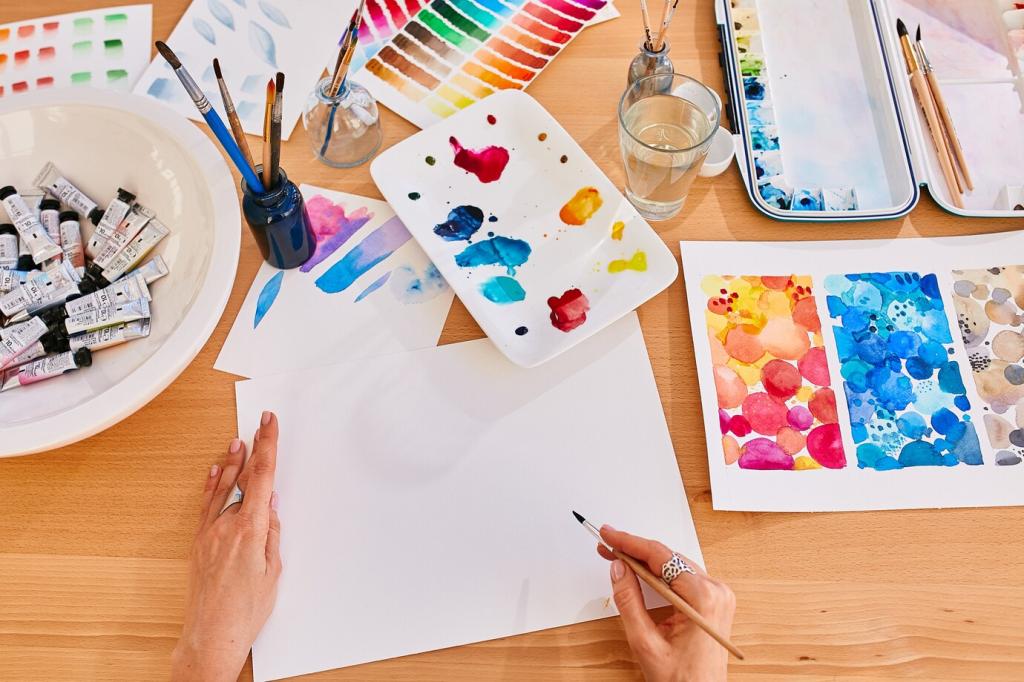
Cubism: A Worldwide Art Revolution — Seeing From Every Side at Once
Selected theme: Cubism: A Worldwide Art Revolution. Step into a bold, fractured world where time, space, and perspective collide—then reform into something utterly new. Read on, comment, and subscribe to keep the conversation alive.
Birth of Shattered Vision: How Cubism Began
In a cramped Montmartre studio, Picasso’s jagged figures startled visitors; poet Apollinaire whispered about a new language. That scent of turpentine signaled experiments that would soon scatter perspective like glass.
Birth of Shattered Vision: How Cubism Began
Cézanne urged artists to treat nature as cylinders, spheres, and cones. Braque picked up the challenge, reducing houses to facets, then reassembling them so viewers felt structure rather than illusionistic air.
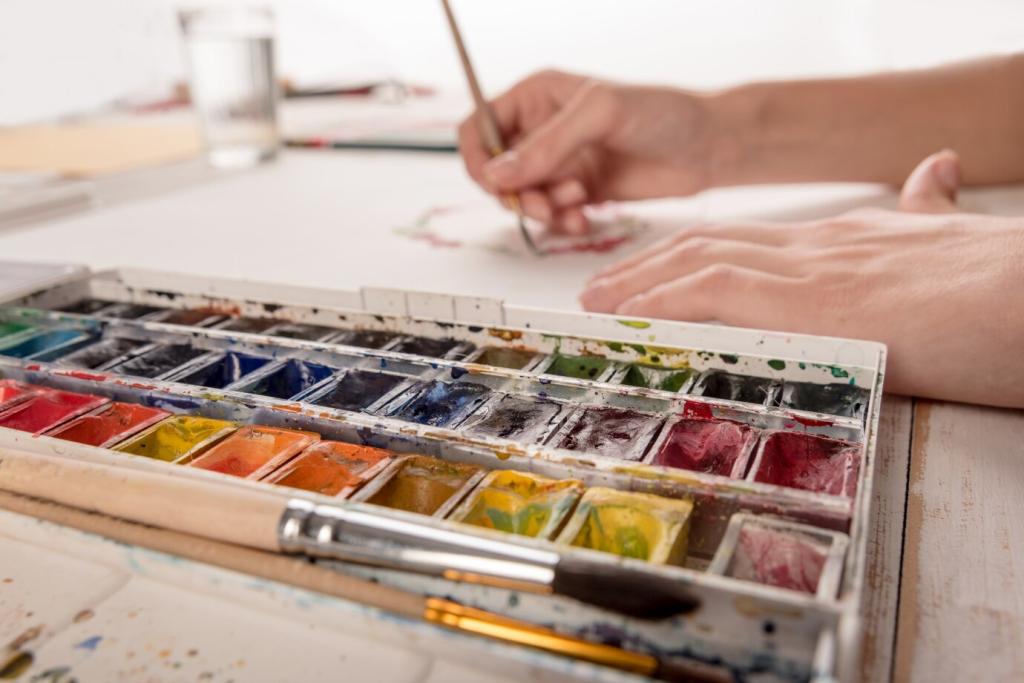
Analytic Cubism: Tones of Dust and Stone
Between 1908 and 1912, forms fractured into near-monochrome planes. Violins, bottles, and café tables were unpacked and re-seen, their edges softened into facets that ask the eye to slowly assemble meaning.
Synthetic Cubism: Paper, Pattern, and Play
By 1912, collage arrived: newspaper snippets, faux wood grain, and stenciled letters joined painted forms. The artwork acknowledged itself as constructed, inviting joy, wit, and daring combinations of real-world fragments.
From Deconstruction to Construction
Analytic works pry objects apart; Synthetic works build them anew. Which phase pulls you in? Tell us why, and save this page for your next museum visit when style-shifts spark fresh comparisons.
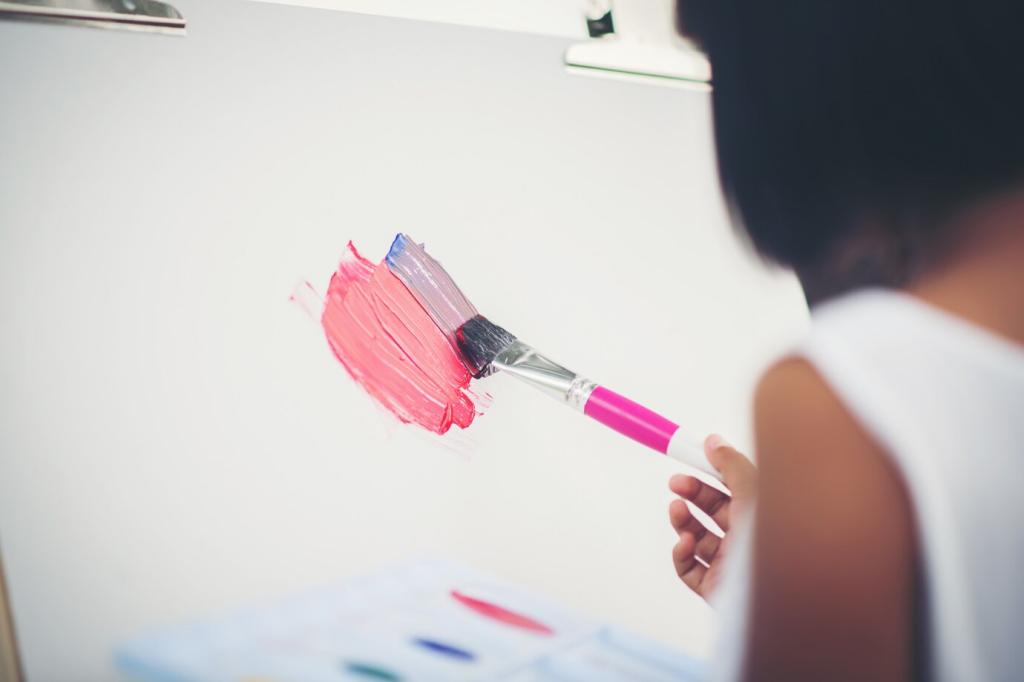
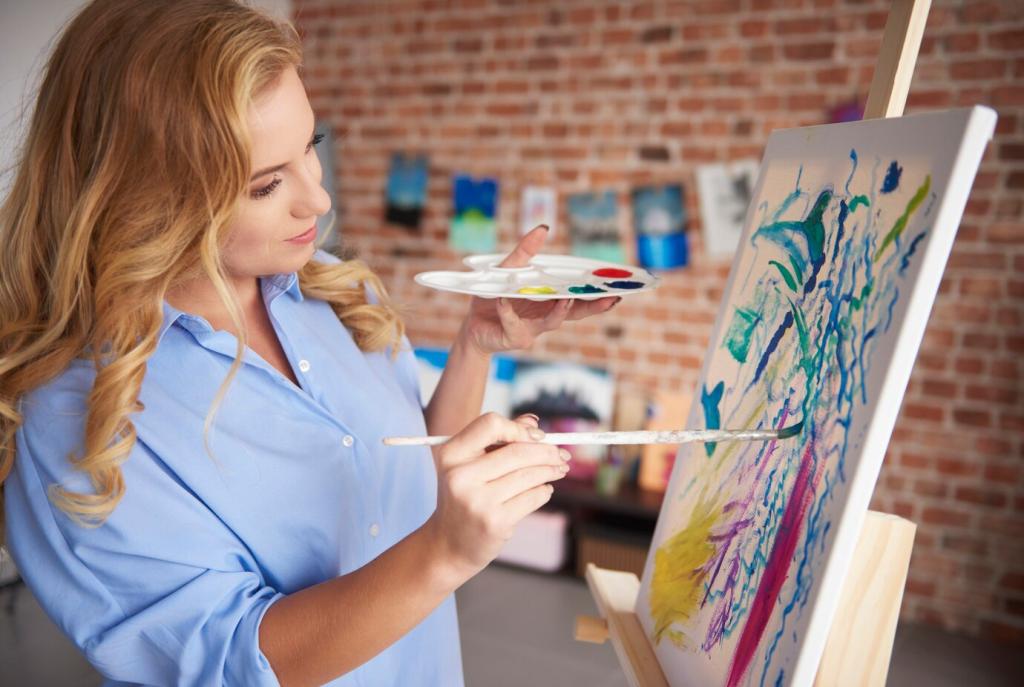
The Shockwave: Cubism’s Global Journey
New Yorkers gasped, argued, and returned with friends. The show rattled conventions, planting seeds for American modernism. If you’ve seen archival photos, share a favorite—those crowded halls still feel electric today.
The Shockwave: Cubism’s Global Journey
In Prague, architects turned paintings into buildings. The House of the Black Madonna angles its planes like a crystal. Walking those streets feels like entering a canvas that suddenly learned to breathe.
How to Read a Cubist Painting
Trace the gentle tilts and edges as if they were mountain ridges. Facets guide your attention, revealing a hidden architecture beneath objects like bottles, guitars, or newspapers spread across a café table.
How to Read a Cubist Painting
Cubism often shows several viewpoints simultaneously. A handle may appear twice, a profile and full face may merge. Ask: what time is this? The answer is many moments, harmonized together.
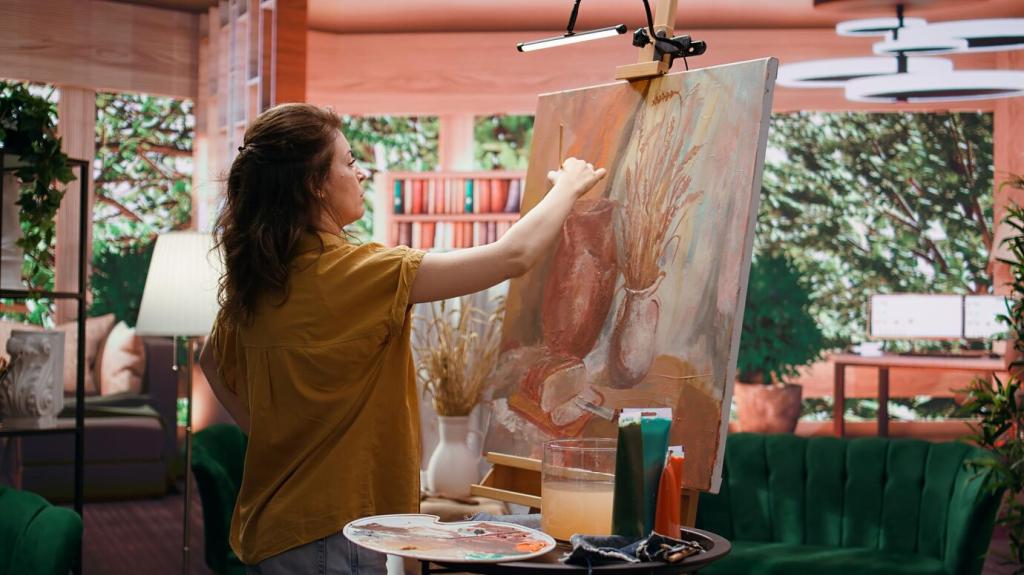
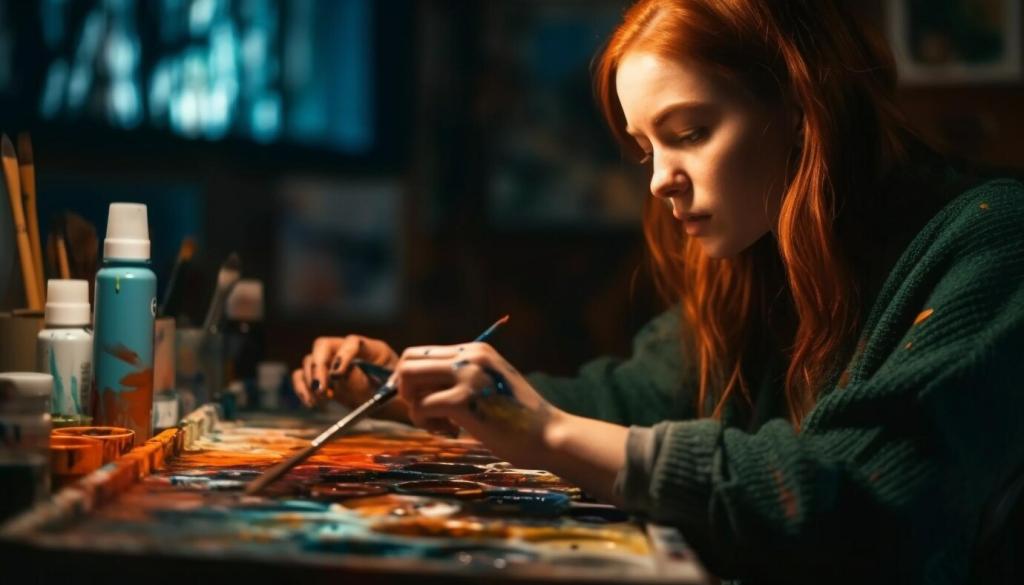
Unsung and Essential: Artists Beyond the Usual Names
Gris’s compositions balance clarity with warmth, turning bottles and newspapers into crystalline harmonies. His restraint feels musical—precise, steady, and generous. Which Gris still life would you hang over your desk?
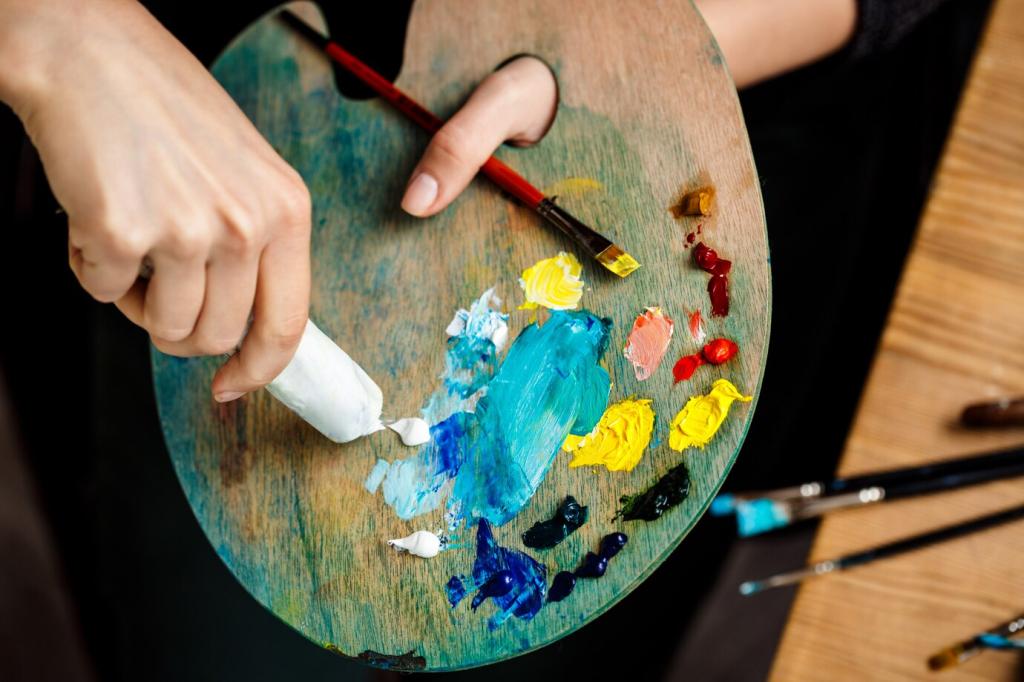
Make Your Own Cubist Still Life
Materials and Setup
Collect magazines, kraft paper, scissors, glue, charcoal, and a simple still life—mug, fruit, newspaper. Clear a table, play music, and light your subject so shadows fall in interesting, well-defined planes.
Fragment, Rotate, Reassemble
Sketch the mug, then rotate it slightly and sketch again over the first drawing. Cut paper to echo planes; add letters or numbers. Embrace imperfections—they are evidence of time layered into seeing.
Finalize with Contrasts and Clues
Balance darks and lights, mix textures, and add a playful hint—a ticket stub, a headline. Share a photo and tell us which choice changed everything. Your insight may spark someone’s breakthrough.
Where to See Cubism Today
From early experiments to late meditations, Paris offers deep context. Stand close, then step back. Watch how surfaces breathe when your eyes adjust to the rhythm of broken and rebuilt forms.
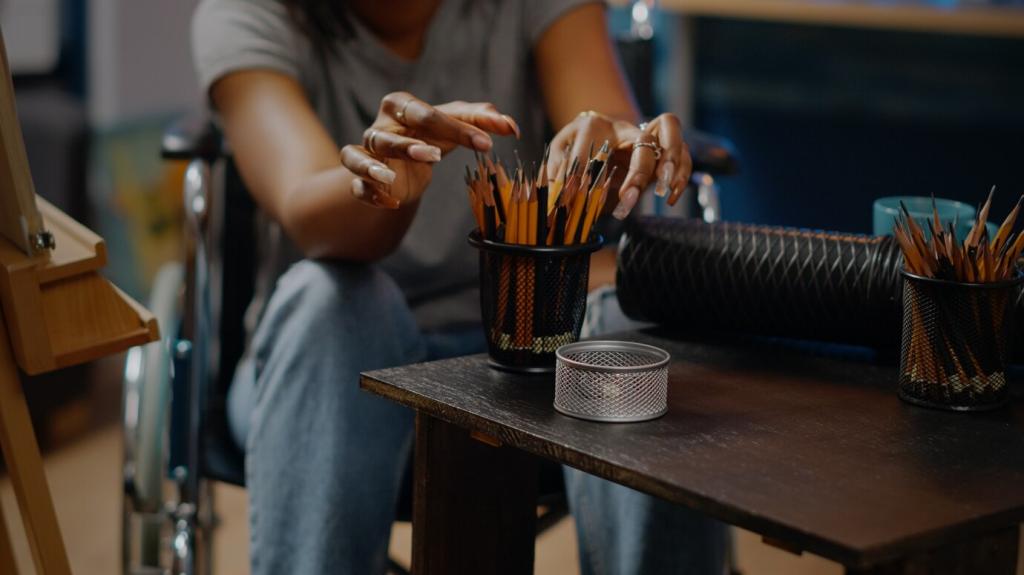

Where to See Cubism Today
MoMA’s galleries trace Cubism’s evolution with clarity. Nearby institutions and temporary shows often add fresh dialogues. If a curator’s label changed your understanding, quote it below so others can learn.
